Beginning Photography Equipment
Buying photography equipment for the first time is a daunting task. Useful guides exist to help beginners choose a good camera, but few newcomers realize that the camera itself is only the first of many pieces of equipment necessary to create a full setup for photography. In this guide, I will suggest a complete kit — everything from lens cloths to computer monitors — that will provide a beginner with high quality images (and room to grow) for a price of around 2000 US dollars.
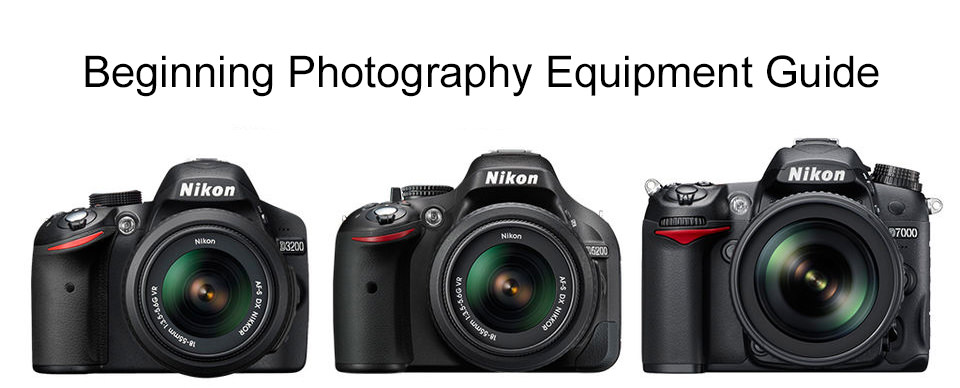
Note that this guide is not a comprehensive list of equipment that will work for every type of photographer. As your photography becomes more specialized — portraiture, landscapes, wildlife, or anything else — you will gravitate towards more specialized equipment as well. The recommendations below can be considered an all-purpose starter kit rather than a list tuned to one specific type of photographer.
بداية معدات التصوير
بقلم سبنسر كوكس 135 تعليقًا
تم التحديث الأخير في 20 يناير 2022
يعد شراء معدات التصوير الفوتوغرافي لأول مرة مهمة شاقة. توجد أدلة مفيدة لمساعدة المبتدئين في اختيار كاميرا جيدة، ولكن القليل من القادمين الجدد يدركون أن الكاميرا نفسها ليست سوى القطعة الأولى من العديد من المعدات اللازمة لإنشاء إعداد كامل للتصوير الفوتوغرافي. في هذا الدليل، سأقترح مجموعة كاملة - كل شيء بدءًا من أقمشة العدسات وحتى شاشات الكمبيوتر - والتي ستوفر للمبتدئين صورًا عالية الجودة (ومساحة للنمو) بسعر يبلغ حوالي 2000 دولار أمريكي.

لاحظ أن هذا الدليل ليس قائمة شاملة بالمعدات التي تناسب جميع أنواع المصورين. عندما يصبح التصوير الفوتوغرافي الخاص بك أكثر تخصصًا - الصور الشخصية أو المناظر الطبيعية أو الحياة البرية أو أي شيء آخر - فسوف تنجذب نحو معدات أكثر تخصصًا أيضًا. يمكن اعتبار التوصيات الواردة أدناه مجموعة أدوات أولية متعددة الأغراض وليست قائمة مخصصة لنوع واحد محدد من المصورين.
Buying photography equipment for the first time is a daunting task. Useful guides exist to help beginners choose a good camera, but few newcomers realize that the camera itself is only the first of many pieces of equipment necessary to create a full setup for photography. In this guide, I will suggest a complete kit — everything from lens cloths to computer monitors — that will provide a beginner with high quality images (and room to grow) for a price of around 2000 US dollars.

Note that this guide is not a comprehensive list of equipment that will work for every type of photographer. As your photography becomes more specialized — portraiture, landscapes, wildlife, or anything else — you will gravitate towards more specialized equipment as well. The recommendations below can be considered an all-purpose starter kit rather than a list tuned to one specific type of photographer.
بداية معدات التصوير
بقلم سبنسر كوكس 135 تعليقًا
تم التحديث الأخير في 20 يناير 2022
يعد شراء معدات التصوير الفوتوغرافي لأول مرة مهمة شاقة. توجد أدلة مفيدة لمساعدة المبتدئين في اختيار كاميرا جيدة، ولكن القليل من القادمين الجدد يدركون أن الكاميرا نفسها ليست سوى القطعة الأولى من العديد من المعدات اللازمة لإنشاء إعداد كامل للتصوير الفوتوغرافي. في هذا الدليل، سأقترح مجموعة كاملة - كل شيء بدءًا من أقمشة العدسات وحتى شاشات الكمبيوتر - والتي ستوفر للمبتدئين صورًا عالية الجودة (ومساحة للنمو) بسعر يبلغ حوالي 2000 دولار أمريكي.

لاحظ أن هذا الدليل ليس قائمة شاملة بالمعدات التي تناسب جميع أنواع المصورين. عندما يصبح التصوير الفوتوغرافي الخاص بك أكثر تخصصًا - الصور الشخصية أو المناظر الطبيعية أو الحياة البرية أو أي شيء آخر - فسوف تنجذب نحو معدات أكثر تخصصًا أيضًا. يمكن اعتبار التوصيات الواردة أدناه مجموعة أدوات أولية متعددة الأغراض وليست قائمة مخصصة لنوع واحد محدد من المصورين.

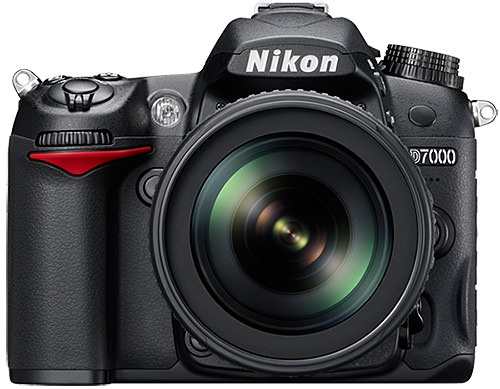
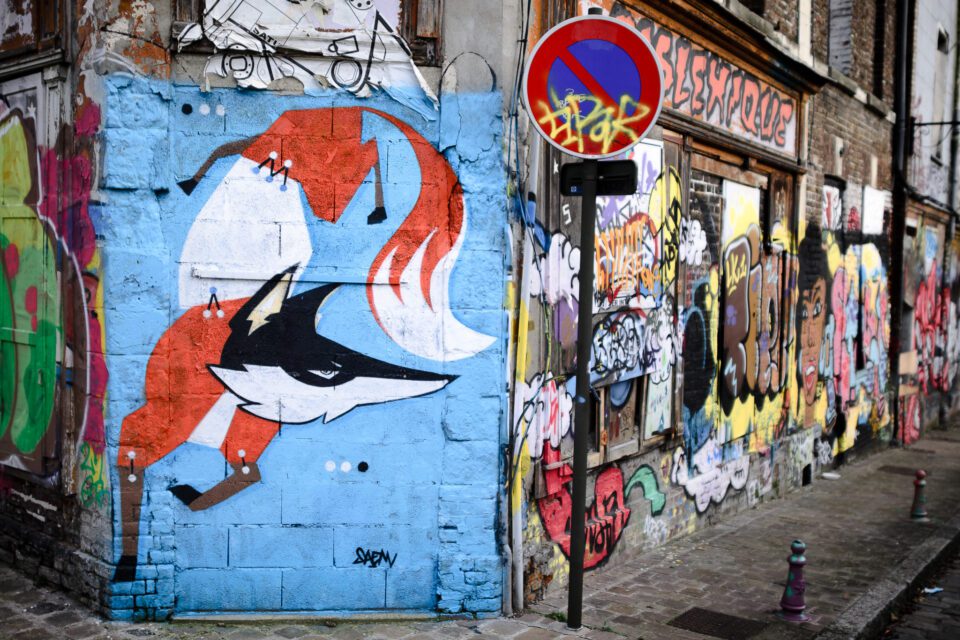

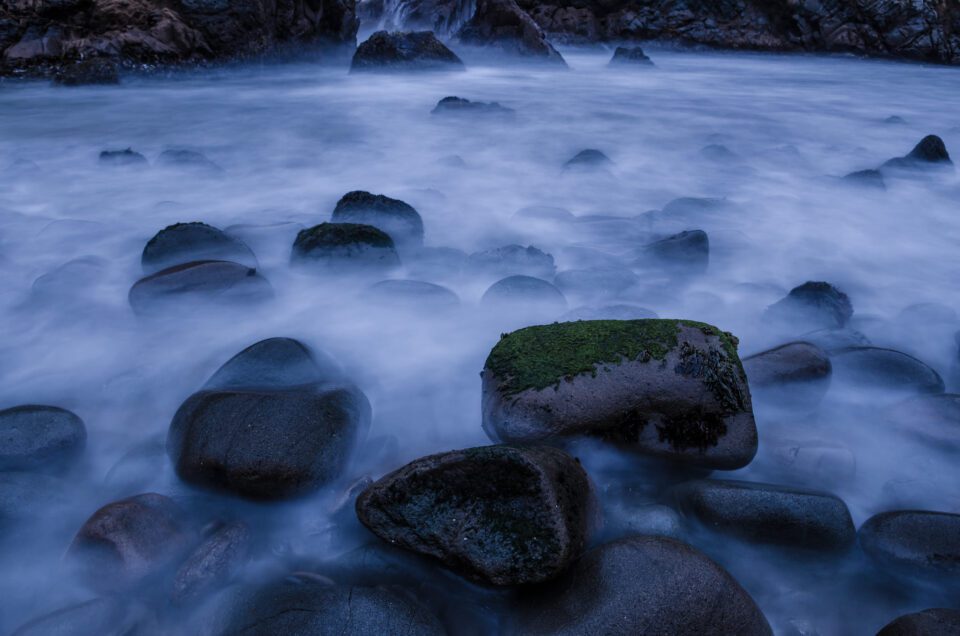
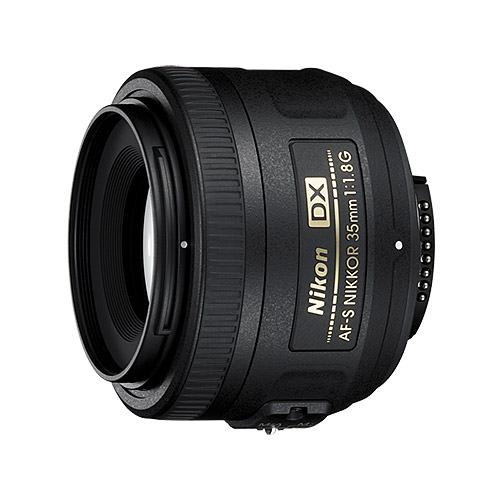
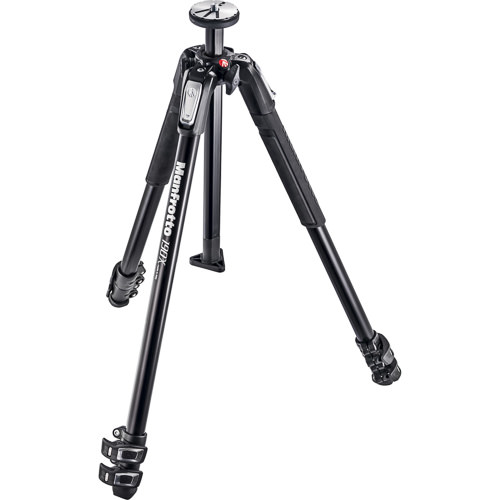
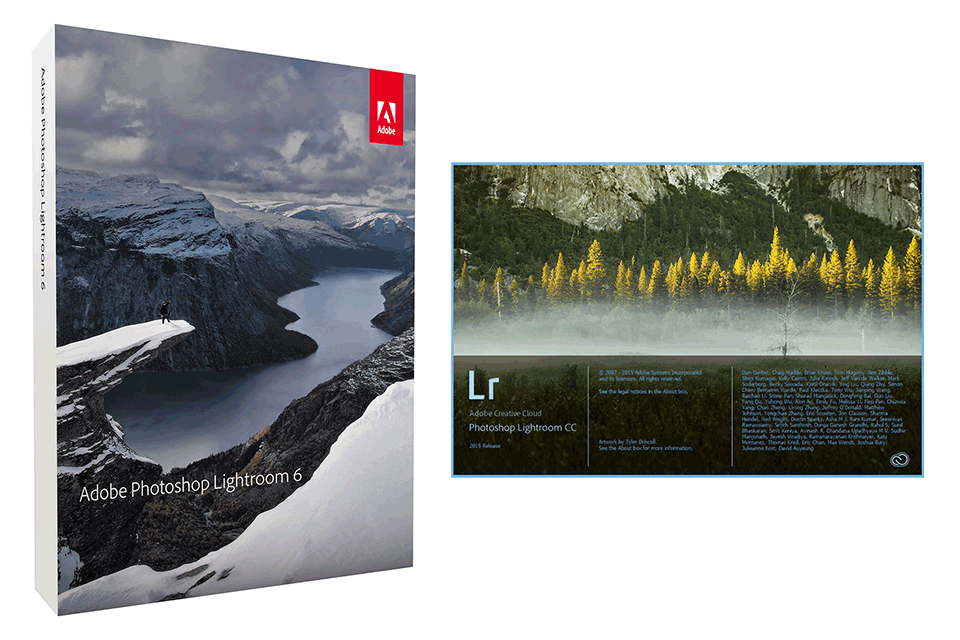
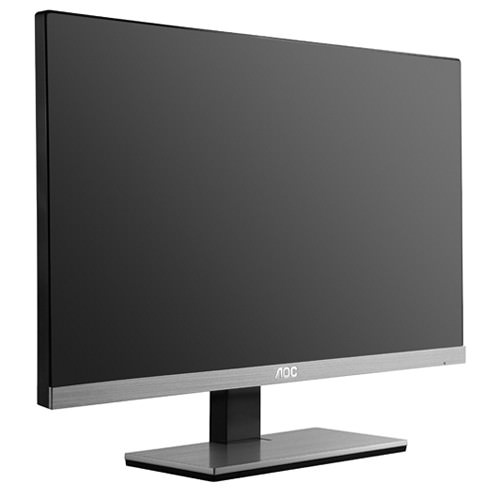
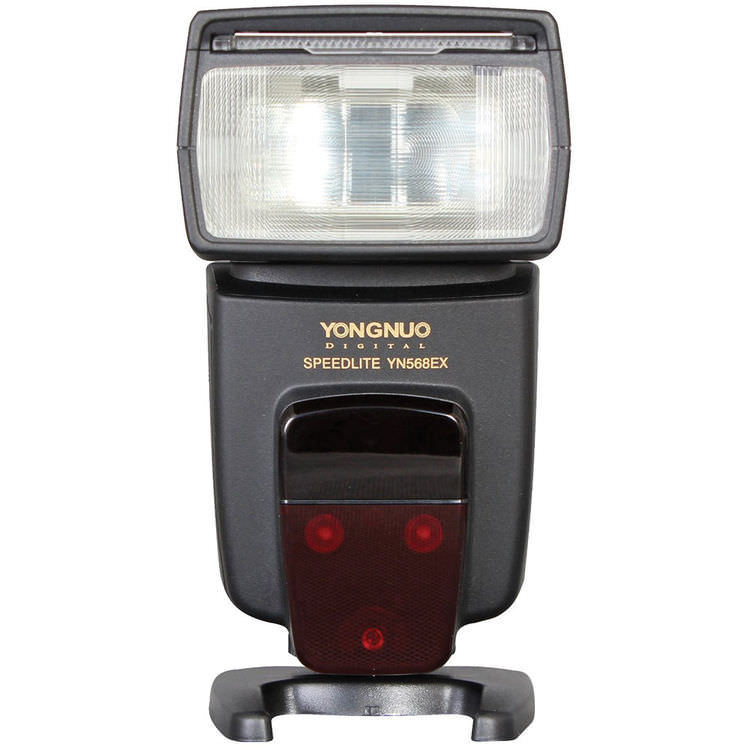
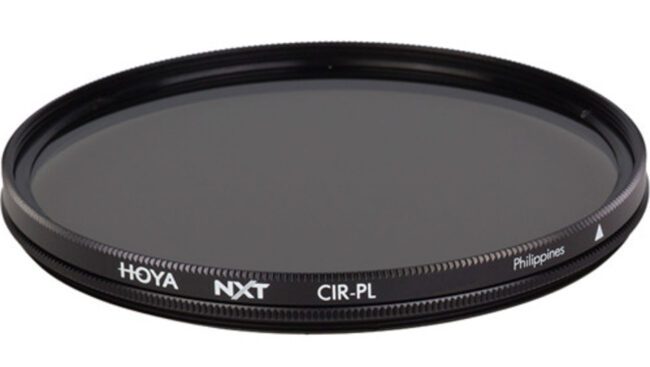
تعليق